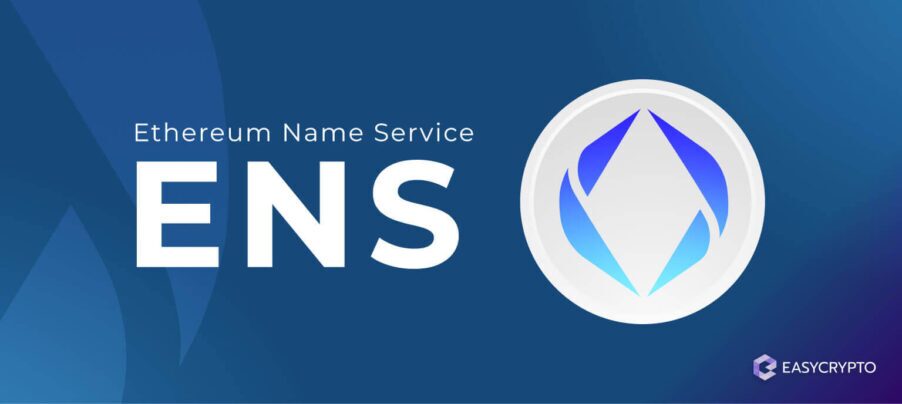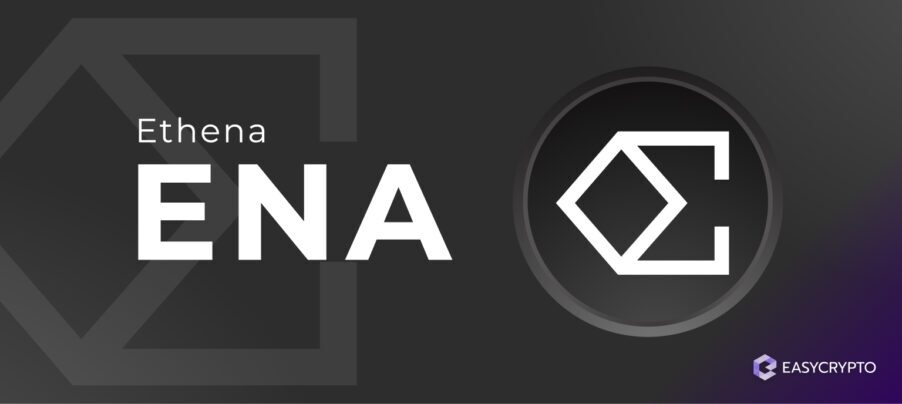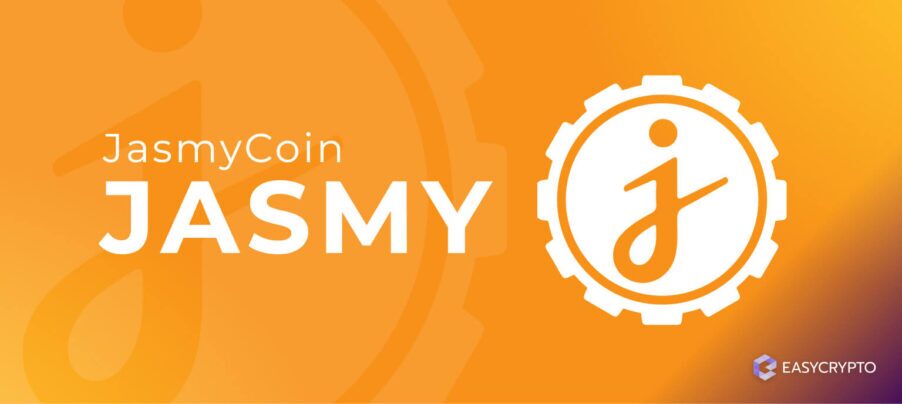7 Crypto Projects That Help Fight Climate Change
Here is a short list of crypto projects that can help us fight climate change and empower green projects.


In the previous article, we’ve seen that the underlying technology behind cryptocurrency could help us fight climate change. Technologies like blockchain give us a way to store records in a way that doesn’t require trust and is open to everyone.
Because the records are public, anyone from anywhere in the world can verify to see if they are true. This can make green projects more efficient because they won’t have to rely on expensive “official” agencies to act as a central source of truth.
In this article, I want to discuss more on how crypto can be used to fight climate change in the real world. There are a lot of interesting green projects that use crypto tech. They help with efforts like regenerative agriculture, clean energy, offsetting carbon, and capital markets for investing in green projects.
New to crypto? Learn the basics.
Crypto projects in regenerative agriculture
Regenerative agriculture is the practice of producing life-giving resources without harming the environment around us. This agricultural practice is complex and has a lot of moving parts.
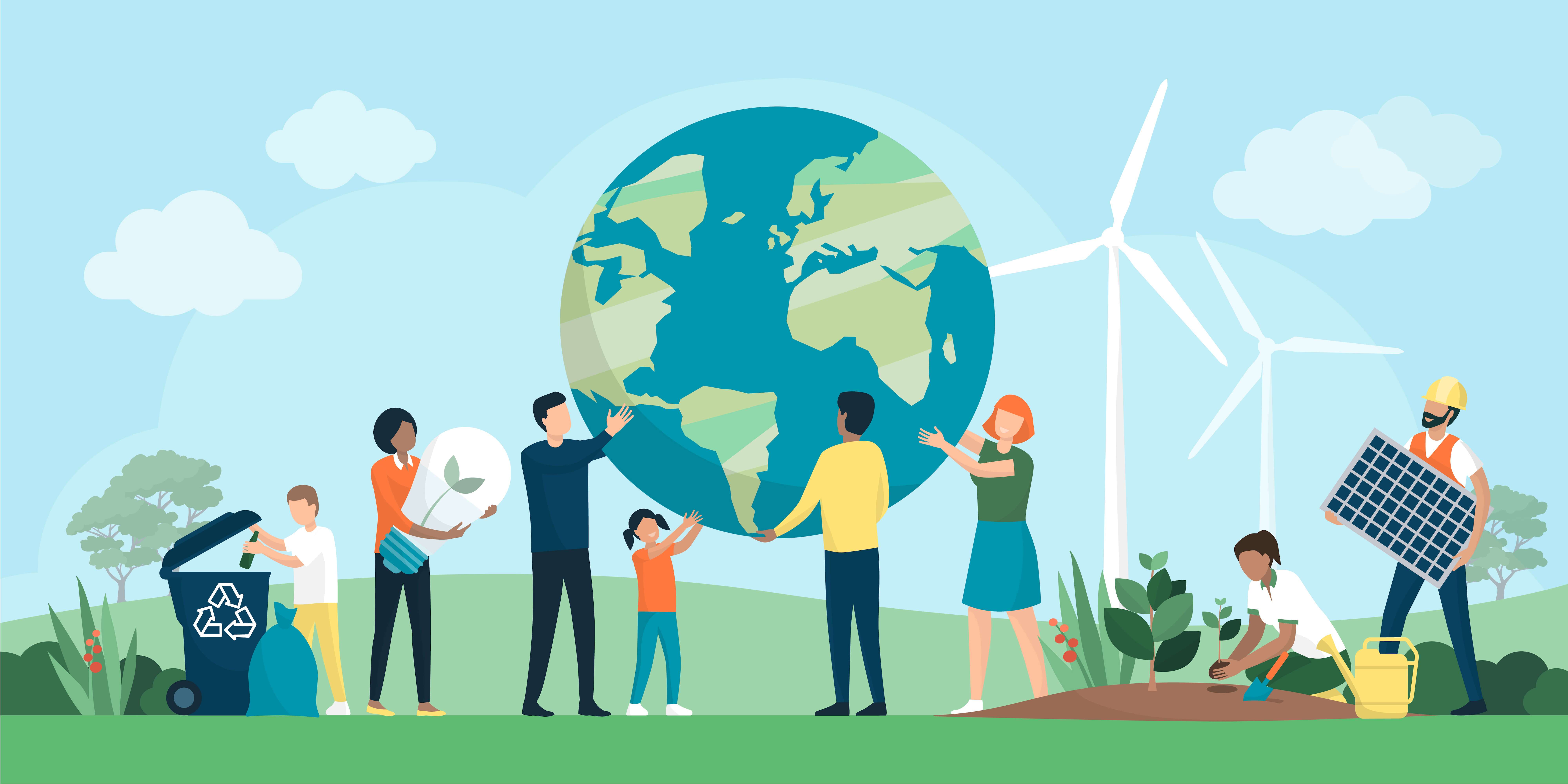
We can all agree, though, that some of the most sustainable ways to farm are easy to see with our eyes.
Green World Campaign
Green World Campaign pays out rewards automatically to communities that have successfully regenerated land through planting trees, improving soil and water quality, and more.
This mechanism is done partly using smart contracts. Smart contracts are computer programs that are built into a blockchain network and run on their own when certain conditions are met. They work kind of like an ATM.
The blockchain network gets proof from satellite imagery that a certain area of land has returned to its natural state. This triggers a smart contract, which already has a certain amount of crypto in it, to reward the crypto directly to the communities that tend the land.
Arbol
Regenerative agriculture also takes into account the livelihood of farmers working on their land. In some places, farmers take on a lot of risk to cultivate and wait for their harvest. Unexpected weather can kill crops, but many farmers don’t have access to a good crop insurance network.
With nothing more than a smartphone, farmers from any part of the world can use Arbol to buy an insurance policy. Insurance money is also pooled from investors unrestrained by national borders via blockchain technology.

Farmers from anywhere in the world can use Arbol to buy insurance with nothing more than a smartphone. Using blockchain technology, farmers both in their area and outside, can pool their money together to create the insurance fund.
Independent data providers keep an eye on things like weather patterns to see if the conditions for insurance payouts are met.
If a certain weather condition exceeds a certain threshold, like if it rains more than a certain amount in the farmer’s affected area, the insurance payout is sent to the farmer right away, with the help of smart contracts.
Etherisc
Etherisc has a more general use case than Arbol, which is made specifically for crop insurance through monitoring the weather. As was said at the beginning, regenerative agriculture is complex.
Etherisc uses a larger network of monitors, or “data oracles,” to make custom insurance policies that work well and are fair for everyone. This huge network of eyes and ears gives a more accurate picture of the world so that smart contracts can work at the right time.
Related: What are smart contracts and how do they work?
Clean energy incentives with crypto
The sun is one of the few sources of clean energy that can be found in almost every part of the world. Every person should be able to use this source as long as the sun is up.
In reality, though, not everyone has reliable tools to generate solar energy. A company can concentrate on making solar energy in one region, and distribute the power across the national power grid.
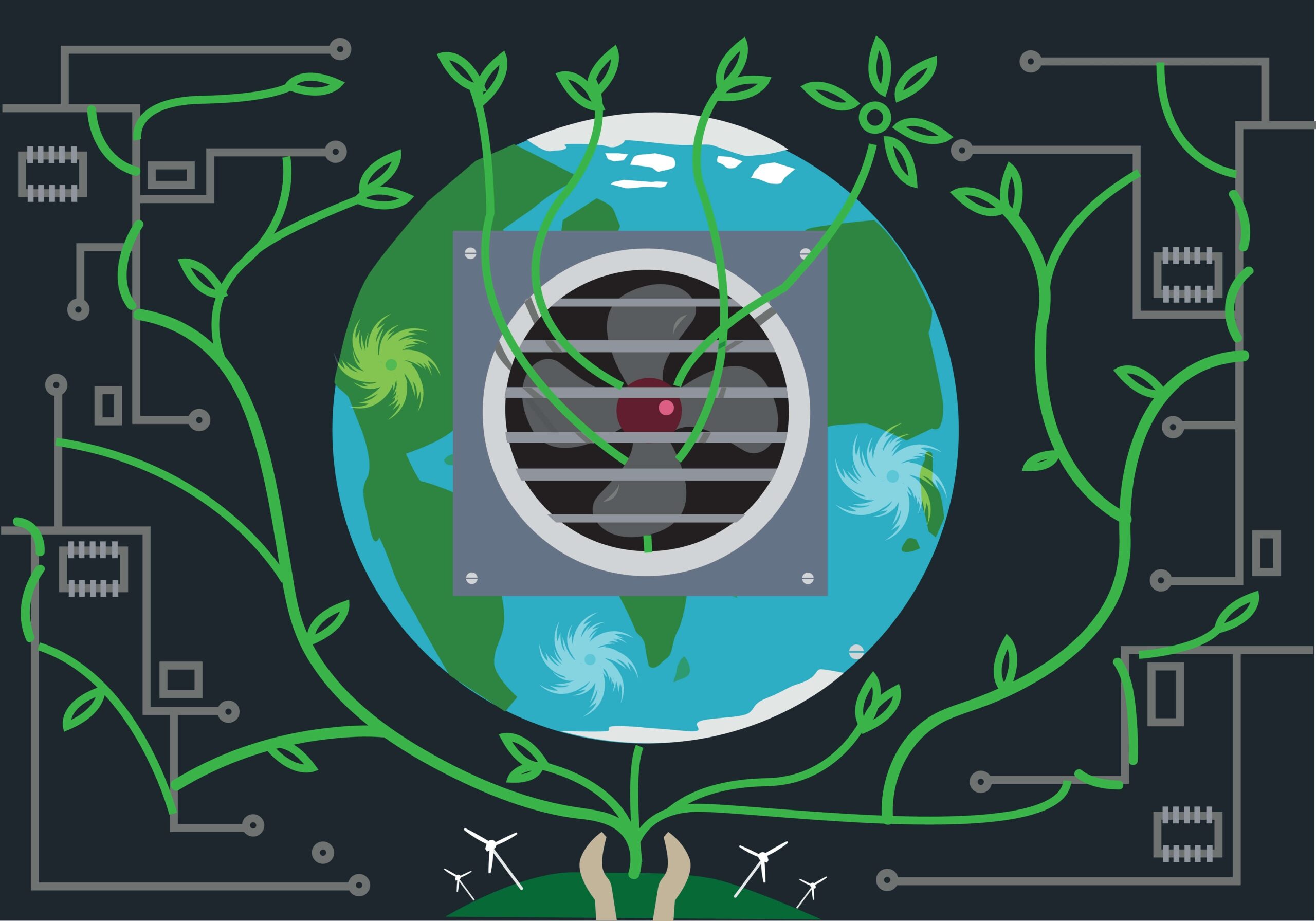
However, this limits the area of solar energy production within the company’s own land, missing out the potential to create energy in other places.
The easiest solution is to spread solar energy production across communities, each with its own network of energy producers and consumers. But this comes with its own problems, such as a fluctuating supply and demand of energy and a complicated local energy market.
Power Ledger
Power Ledger, an energy trading company based in Perth, offers a chance to make it easy for local energy producers to sell their extra energy directly to other people within their community. With blockchain technology, energy can be traded between and within communities in a fair and transparent way.
People who own the tools to make solar energy are called power producers. These people would use Power Ledger tokens to represent units of electricity on the blockchain.
If you need energy, you can buy it from a power producer with cryptocurrency. Power Ledger runs a shared microgrid where both buyers and sellers of energy can trade on the same platform.
As energy supply and demand change from one property to another, Power Ledger makes millions of transactions every day. As a result, it uses the Hedera Hashgraph network to conduct small transactions quickly and at a very low cost.
Brooklyn Microgrid
In similar spirit with Power Ledger, Brooklyn Microgrid uses blockchain and smart contract technologies to coordinate the rapid trading of energy in an efficient and transparent way.
The project has been successful at lowering the cost of moving energy and reducing the communities’ reliance on non-renewable energy sources.
Crypto and the voluntary carbon market
The voluntary carbon market is where companies (and individuals) buy carbon offset credits from green projects that remove greenhouse gases from the atmosphere. Companies often have to buy carbon offset credits to avoid getting fined for going over their allowed emission levels.
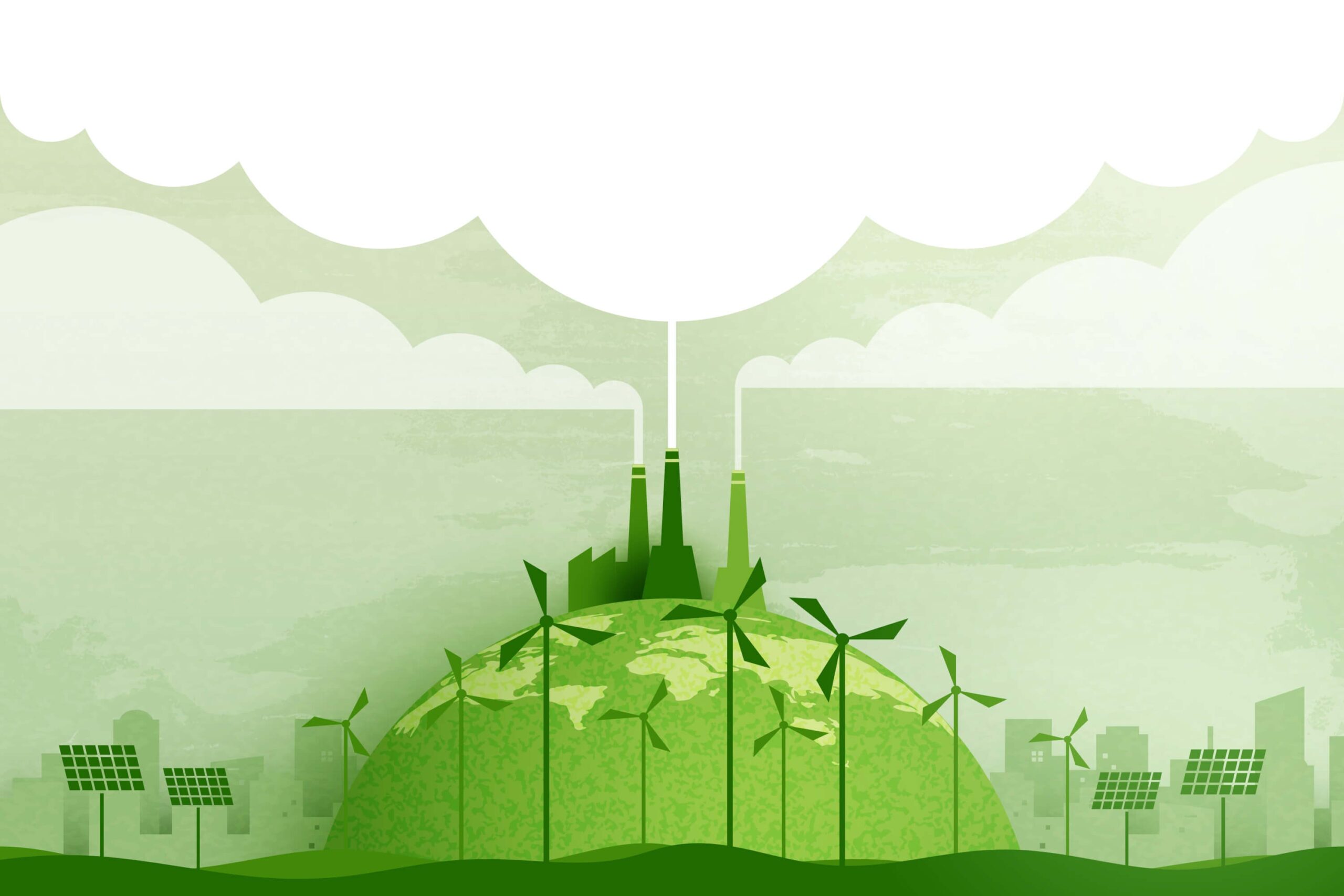
But some investors buy carbon credits because they think their price will go up in the future. This is because international agreements to protect the climate encourage governments to lower emission limits slowly over time. In theory, this makes more people want to buy carbon offset credits.
At this point, though, the carbon market is still inefficient. It is complex and costs money for everyone involved. In other words, there are still a lot of intermediaries who get paid commissions for doing certain tasks that should have been automated.
KlimaDAO
KlimaDAO is a special type of organisation. It is a DAO, which stands for “Decentralised Autonomous Organization.” A DAO isn’t based in one place, and membership is open for anyone around the world.
A voting system is used to decide what to do in a DAO. Most DAOs have their own crypto token, and the people who have the most of it have the most voting power.
In KlimaDAO, climate action is empowered by a community that transcends national borders. They do a lot in the voluntary carbon market as well. Their goal is to “accelerate the price appreciation of carbon credits”. This is done through sheer market forces, where the DAO buys up and stores unused carbon credits.

Since carbon credits have value, KlimaDAO uses its decentralised financial system to issue “carbon bonds,” or KLIMA tokens, which can be traded on the cryptocurrency market. The real carbon credits are locked away to back up the value of KLIMA.
At this stage, carbon credits don’t usually get more expensive fast enough to make companies change the way they operate. But when the price of carbon credits goes up quickly, companies are forced to innovate or get fined.
Investing in Sustainable Development
According to Standard Chartered, there is not enough investment into green projects that move nations toward their Sustainability Development Goals (SDGs).
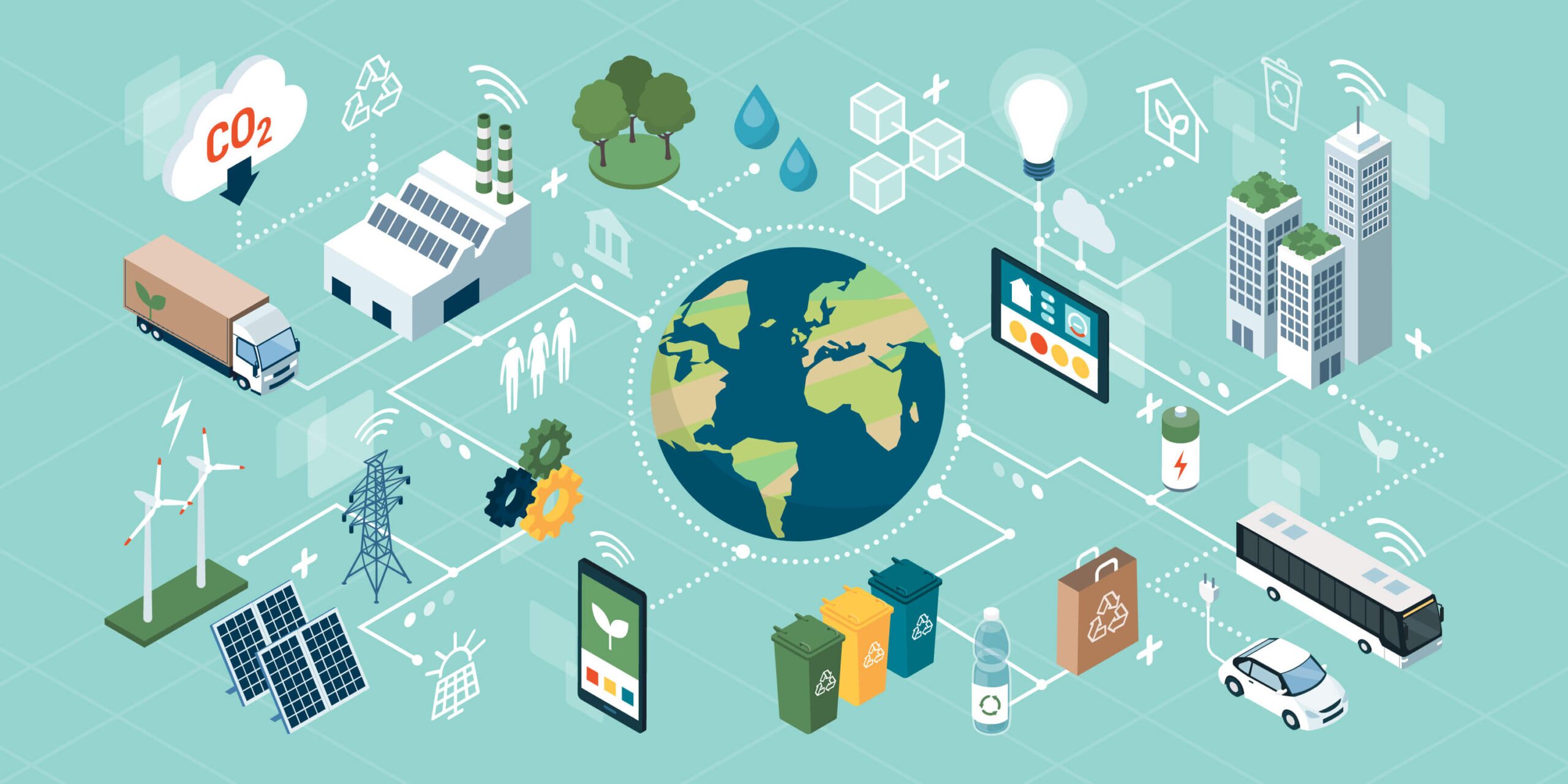
As much as $50 trillion could have been invested into green projects. Unfortunately, hedge funds and institutional investors don’t yet quite understand or don’t have access to funding green projects.
Standard Chartered calls this a “capital gap” for sustainable development.
Bitgreen
Bitgreen connects those with money with those who can make the change. Conservation, clean infrastructure, and initiatives to empower vulnerable communities are all impactful projects that aim to generate measurable social and environmental impact, in addition to profit.
Bitgreen has a built-in blockchain where sustainability projects can host their applications on a public and cost-efficient network.
It is also one of the 100 blockchains that is connected to Polkadot’s blockchain. Polkadot is a network of networks, so to speak. This enables Bitgreen to connect with other crypto projects, taking advantage of strength in numbers.
The takeaways
The issue of climate change is a difficult one to resolve since it consists of a number of components that all need attention.
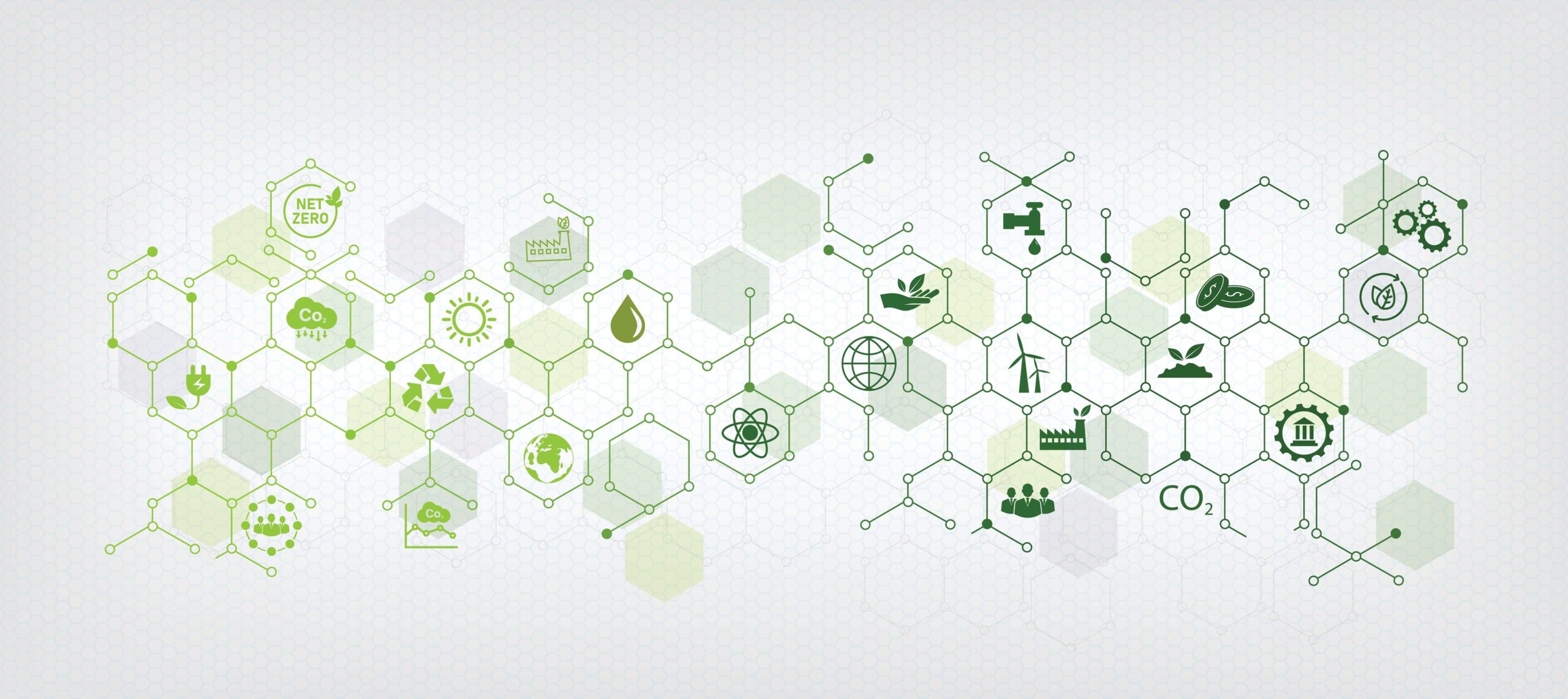
We may concentrate on energy, environmentally responsible practices, financing for green initiatives, and many more. At some point, though, we will need to involve cutting-edge technology to scale our efforts for the greatest impact.
Further reading: Explore more topics on all things crypto by visiting our learning Hub.
Share to
Stay curious and informed
Your info will be handled according to our Privacy Policy.
Make sure to follow our Twitter, Instagram, and YouTube channel to stay up-to-date with Easy Crypto!
Also, don’t forget to subscribe to our monthly newsletter to have the latest crypto insights, news, and updates delivered to our inbox.
Disclaimer: Information is current as at the date of publication. This is general information only and is not intended to be advice. Crypto is volatile, carries risk and the value can go up and down. Past performance is not an indicator of future returns. Please do your own research.
Last updated March 27, 2023



